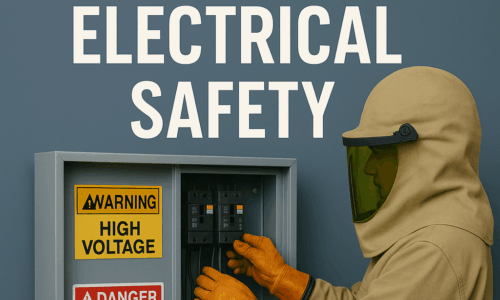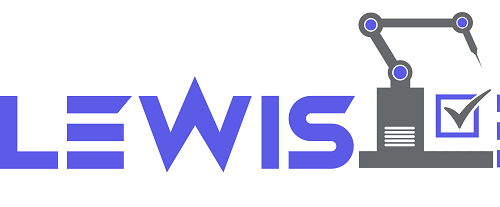Ask Lewis Bass: Can a European OEM Design to NFPA 791 for a U.S. Client?
From the Desk of Lewis Bass
Welcome back to another edition of ‘Ask Lewis Bass,’ where we tackle your most pressing engineering and compliance questions. For this week’s question, we answer a great question from a German OEM about designing a system from the start with NFPA 79/791 US compliance in mind. Having worked with many European OEMs on helping them with precisely this type of work scope, we we’re excited to finally be fielding a question on exactly this topic from our anonymous question-asker: Stuck in Stuttgart!
Now, on to this week's question...
Question:
Hi Lewis Bass,
We’re an OEM based in Germany building a custom piece of equipment for a client in Oregon. This is a one-off machine for their pilot line, and they’ve told us it will need to pass a field evaluation under NFPA 79/791. We’re running into trouble sourcing listed components that will meet U.S. requirements. Any advice?
– Stuck in Stuttgart
Lewis Bass:
Hi Stuck in Stuttgart,
Ah, the classic cross-continental compliance conundrum. You’re certainly not alone here. This is a frequent issue we see when European OEMs enter the U.S. market, especially when it comes to custom-built equipment for industries like semiconductors, batteries, or biotech.
Here’s the situation: your client in Oregon is asking for a piece of custom equipment that will be installed and energized at their facility. But because it’s custom, it doesn’t carry a traditional NRTL listing like a mass-produced piece of equipment would. That’s where NFPA 79 and NFPA 791 comes into play. These standards outline how field evaluations are performed on unlabeled equipment.
But first, let’s unpack the challenge you are facing and how we would help you solve it.
The Root of the Issue: Component Listings & Recognition
One of the biggest stumbling blocks for European OEMs designing for U.S. customers is sourcing components that meet UL, CSA, or ETL listing requirements. Many components commonly used in the EU (think Phoenix Contact, Siemens, Schneider Electric, etc.) are technically high-quality but not always listed for U.S. use or listed in a way that doesn’t satisfy the field evaluator.
If you use non-listed components, or those not recognized under the right category for use in a control panel or enclosure, the entire machine might fail its field evaluation. That means delays, redesigns, and awkward calls with the client.
Here’s How We Help Clients Like You
At Lewis Bass, we help OEMs like yours navigate this maze before the equipment ships.
Component Vetting: We’ll review your parts list and identify components that won’t pass a field evaluation under NFPA 791. We then provide direct guidance to your engineering team building the system for sourcing the proper listed or recognized alternatives that are readily available in North America.
Design Guidance: Our engineers will work with your team to ensure that your control panel layout, wire marking, labeling, and circuit protection methods align with NFPA 79, UL 508A, and in this case NEC Article 670 (which is especially important since your client is in Oregon).
Local Coordination: We communicate directly with the client’s Authority Having Jurisdiction (AHJ) which helps to smooth the path to approval. We’ve worked with many AHJs all across Oregon, so we know what they expect and how to get your system compliant in their jurisdictions.
Documentation Support: We have trusted partners to refer your company to for the generation of accurate technical documentation so it meets U.S. norms, including appropriate English labeling, component data sheets, and compliance declarations.
A Pro Tip from the Field
Many European OEMs assume they’ll just “swap out a few relays” or “add a UL mark” to satisfy U.S. inspectors. But it’s rarely that simple. For field evaluations under NFPA 79/791, documentation is everything. The evaluator isn’t just looking at the panel, they’re checking that every listed component is used according to its listing, and that all safety interlocks, emergency stops, and circuit protection are up to code.
Well, Stuck in Stuttgart, we hope this in-depth response was exactly what you are looking for and the team at Lewis Bass wishes you well on your first foray into designing for NFPA 79/791 compliance from scratch. We are sure it will go well for you and your team if you carefully take into account these helpful compliance tips.
Do you have a question for Lewis Bass?
If you have a question you would like to ask our engineering team about, and don’t mind it being featured in one of our upcoming blog posts, please contact us and reference “Ask Lewis Bass” in the message body.
Include any helpful context along with the question you’d like us to answer for you. All company contact information except for a first name, unless already anonymous on receipt, is anonymized for privacy reasons.


